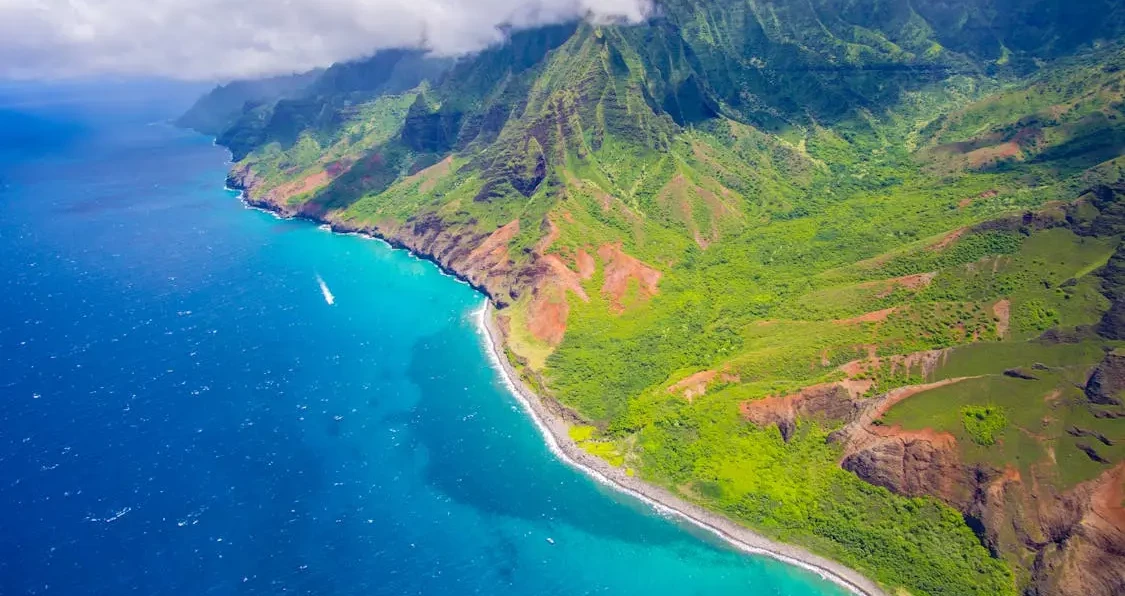
Restoring Indigenous Aquaculture Heals Both Ecosystems and Communities in Hawai‘i
June 05, 2024 | Source: Mongabay | by Keona Blanks
For generations, native Hawaiians have understood that their aquaculture systems, fishponds known as loko i‘a, serve as nurseries that seed fish populations in surrounding waters. For the first time, a team of scientists from the Hawaiʻi Institute of Marine Biology (HIMB) have modeled this feat of Indigenous science in a study.
“We are using science to translate ‘ike kupuna, or Indigenous knowledge, into policy,” said study co-author Kawika Winter, an ecologist at HIMB and He‘eia National Estuarine Research Reserve (NERR). “The value of this paper is that it’s one of the first, if not the first, to really show that there are ways to do aquaculture in ways that benefit the system around it.”
In partnership with He‘eia NERR and Paepae o He‘eia, a nonprofit organization dedicated to stewarding the He‘eia loko i‘a, an ancient Hawaiian fishpond enclosing 36 hectares (88 acres) of brackish water, the team simulated different restoration scenarios in ‘Kāne‘ohe Bay on O‘ahu Island based on a simplified food web. The study found that restoring more of the bay into fully functional loko iʻa would grow fish populations not just within the ponds, but across the bay.
